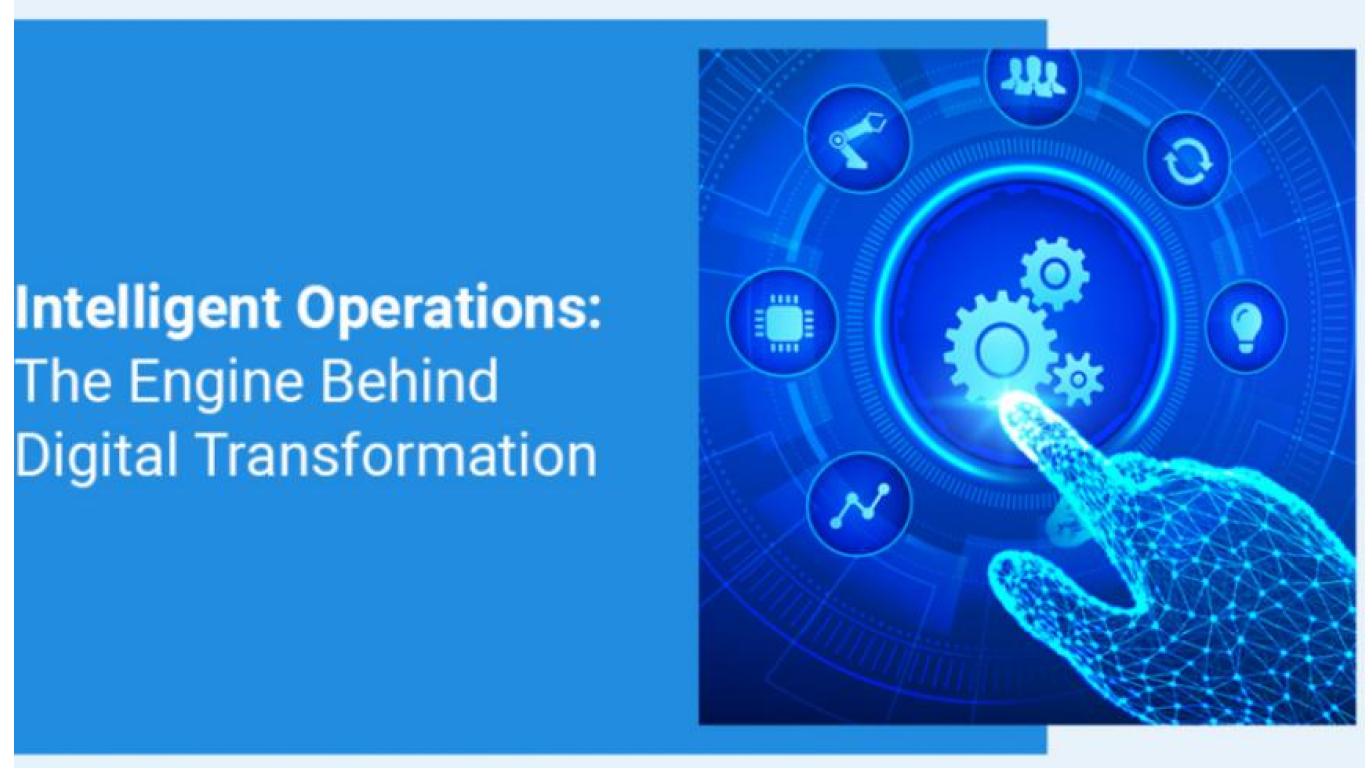Intelligent Operations: The Engine Behind Digital Transformation
The moment of truth in an insurance relationship a customer has with an insurer is when s/he submits a claim and then waits, with bated breath, for the settlement. This moment of truth is now getting shifted irremovably.
Imagine the steps required to make this seemingly simple and actually incredibly complex task real. There are documents including images, emails etc. that need to be checked. The claim needs to be verified and authenticated and alerts need to be raised in case of anomalies.
Every step involves handovers with different people performing different types of tasks. In the post-COVID world, tasks requiring people gathering together in one location and manual processes such as physical verification of claim or printed copies of documents to be authenticated would be seriously called into question.
Yet, claims need to be settled, now more than ever and the cost of a single mistake is high, both the customer and the insurer.
Enter, the role of Intelligent Operations. Every step of this journey can be now reimagined, with what we call Artificial Intelligence (AI) driven Automation. In simple terms, it means automation and simplification of processes, by learning from data of different types and formats and then removing the manual and prone-to-error parts from the process.
A 3 Step Process For Intelligent Operations:
1: Feature Engineering – leverage data engineering and feature extraction capabilities of natural language processing, computer vision and graph theory to enable reading of unstructured data from multiple different sources ranging from voice data to text data to image data, sensor based data and video data.
In this case, extracting relevant features from photographs shared by customer, related to vehicle damage for auto insurance claim.
2: Machine Learning – Once we can make sense of this data, in all its myriad forms, and read it, we need to understand patterns and anomalies from this data. Machine learning algorithms help us assess the right patterns in step 2.
In this case, leveraging the features from the claim related photographs to understanding legitimacy.
3: Intelligent Automation – This needs us to assess the kind of actions that need to be taken to aid better decision such as better customer experience, improved recommendations, faster alerts, or conversational commerce. At this stage, the real power of AI is unleashed to bring the intelligence back to the points of action to bring a consumption layer to the entire invisible chain of analysis.
In this case, auto-approval of claims until certain value, based on the photographs shared by customers. Hence the claim being accepted or rejected without physical inspection.
Done well, these three steps can integrate with existing business workflows and bring in efficiencies at scale for the business, while ensuring a seamless experience for the customer.
Using intelligent automation in claims processing is just one of the possible applications. Research estimates peg the value of the intelligent automation spending at over $200 Bn in 2025.
Listen to this Podcast to understand how AI-led Intelligent Operations can transform enterprises by helping them achieve much-needed resilience and agility.
There is also increasing evidence that a strategic approach to Intelligent Operations in creating new business models can yield between 5-10x dividends.
With the shape of the data changing today from being more structured to more than 80% shifting to unstructured data, the role of intelligent automation becomes increasingly more urgent.
Every industry could take a practical view of where intelligent automation could enable efficiency and digitization in its operations. For example, in Financial Services, from on-boarding clients to assessing contracts to derive insights and from digitalizing end to end underwriting to managing loan processing, intelligent automation could find multiple applications and provide real benefits.
Organizations are seeing clear business impact from intelligent automation roll-outs – e.g. reduction of costs, increasing efficiency and enhancing effectiveness of the operational processes.
Now, more than ever, for companies looking at leveraging the power of Digital Transformation for driving growth and efficiency from their business, a drill-down into how Intelligent Operations can transform existing processes can bring a clear and present impact, for both the organization and for their customer.


